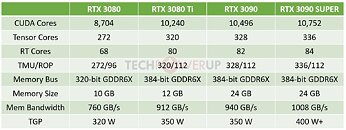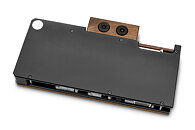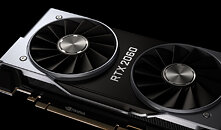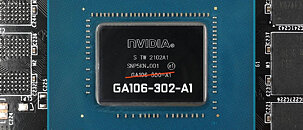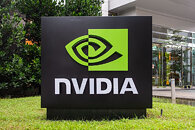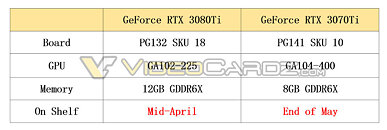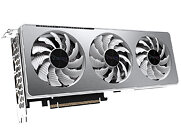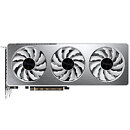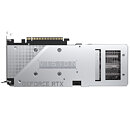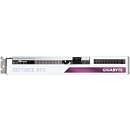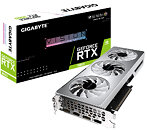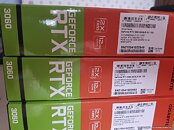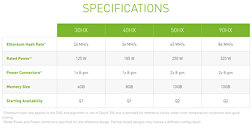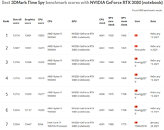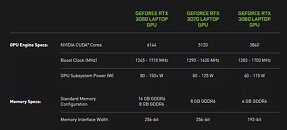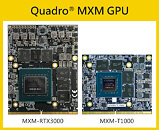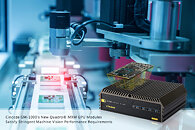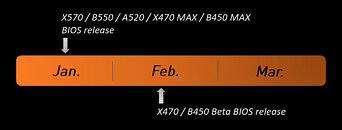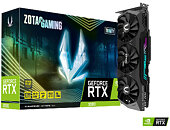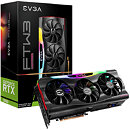GPU Market Pricing Back in Uptrend, Shattering Expectations of Price Normalization
According to the latest market pricing analysis conducted by 3DCenter, the falling GPU prices we reported two months ago are now in the midst of a reversal. The latest figures show an increase in average pricing for both AMD's RX 6000 series and NVIDIA's RTX 30-series graphics cards. The hike has been most felt on the NVIDIA camp, with average pricing increasing around 9%, while AMD graphics cards saw an increase of 6%. This places the latest pricing average for graphics cards from both companies at 59% above MSRP for NVIDIA, and 64% for AMD.
While the increase is still a far-cry from the ridiculous markups felt during the month of May (where NVIDIA graphics cards were being sold at an average 304% of their MSRP value and AMD's where going for around 202% of their MSRP), this trend reversal is a clear indicator of a continued inability to cater to the pent-up demand that's still being trickle-filled since the original release of these GPU families. And this happens despite numerous positive signals happening within the last few months, such as the crypto crackdown in China, which saw hundreds upon hundred of mining-bound graphics cards being resold towards the secondary market. Also of note for an eventual positive price action was the recent reduction in Ethereum profits for miners due to the implementation of Ethereum's EIP-1559 proposal - which has already seen 136,619 ETH being burned as a part of transactions run on the network - the equivalent of $433,768,155 at current ETH pricing. And with news that shipments of NVIDIA's RTX 3060 and 3060 Ti graphics cards will be halved throughout September, paired with a TSMC price hike for newly minted wafers, it seems that an upwards pressure on GPU pricing is inescapable.
While the increase is still a far-cry from the ridiculous markups felt during the month of May (where NVIDIA graphics cards were being sold at an average 304% of their MSRP value and AMD's where going for around 202% of their MSRP), this trend reversal is a clear indicator of a continued inability to cater to the pent-up demand that's still being trickle-filled since the original release of these GPU families. And this happens despite numerous positive signals happening within the last few months, such as the crypto crackdown in China, which saw hundreds upon hundred of mining-bound graphics cards being resold towards the secondary market. Also of note for an eventual positive price action was the recent reduction in Ethereum profits for miners due to the implementation of Ethereum's EIP-1559 proposal - which has already seen 136,619 ETH being burned as a part of transactions run on the network - the equivalent of $433,768,155 at current ETH pricing. And with news that shipments of NVIDIA's RTX 3060 and 3060 Ti graphics cards will be halved throughout September, paired with a TSMC price hike for newly minted wafers, it seems that an upwards pressure on GPU pricing is inescapable.


